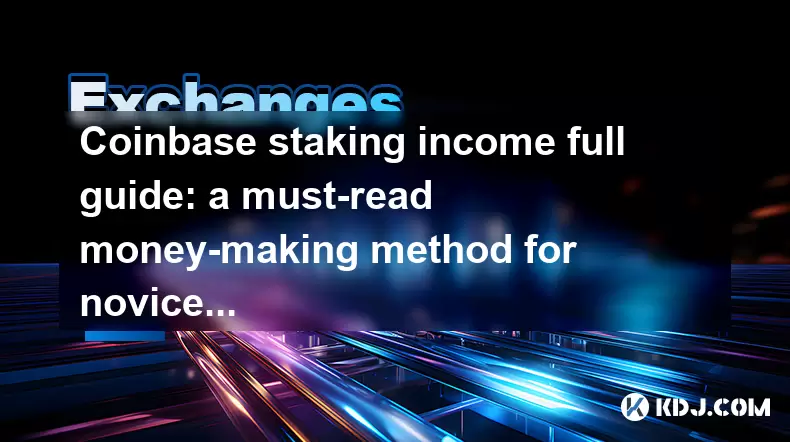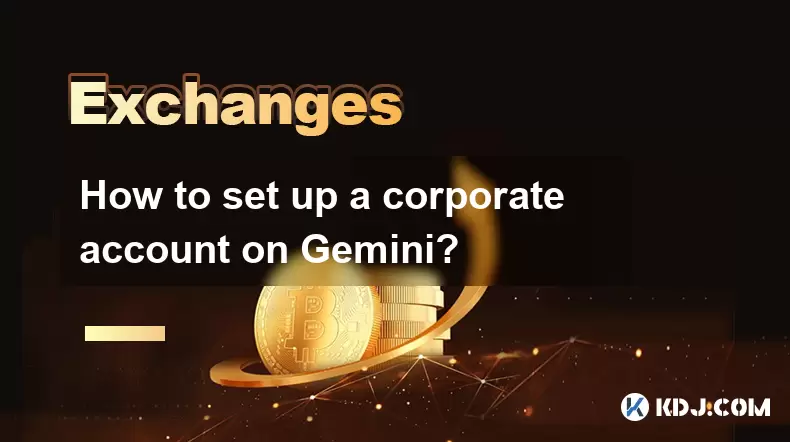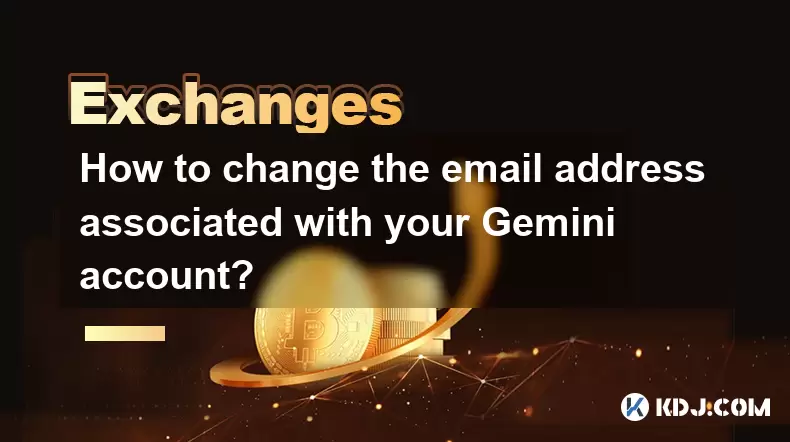-
 Bitcoin
Bitcoin $114200
0.00% -
 Ethereum
Ethereum $3637
0.56% -
 XRP
XRP $2.950
-2.01% -
 Tether USDt
Tether USDt $0.9999
0.02% -
 BNB
BNB $761.0
0.55% -
 Solana
Solana $164.1
-1.38% -
 USDC
USDC $0.9999
0.02% -
 TRON
TRON $0.3332
0.36% -
 Dogecoin
Dogecoin $0.2012
-0.52% -
 Cardano
Cardano $0.7261
-1.41% -
 Hyperliquid
Hyperliquid $37.62
-2.13% -
 Stellar
Stellar $0.3930
-2.65% -
 Sui
Sui $3.441
-0.16% -
 Bitcoin Cash
Bitcoin Cash $563.8
0.70% -
 Chainlink
Chainlink $16.50
0.09% -
 Hedera
Hedera $0.2424
-0.14% -
 Ethena USDe
Ethena USDe $1.001
0.01% -
 Avalanche
Avalanche $22.20
0.00% -
 Litecoin
Litecoin $118.0
-2.48% -
 UNUS SED LEO
UNUS SED LEO $8.991
0.12% -
 Toncoin
Toncoin $3.195
-3.87% -
 Shiba Inu
Shiba Inu $0.00001217
0.12% -
 Uniswap
Uniswap $9.674
-0.21% -
 Polkadot
Polkadot $3.633
1.00% -
 Monero
Monero $295.3
-0.82% -
 Dai
Dai $0.9999
0.00% -
 Bitget Token
Bitget Token $4.321
-0.41% -
 Cronos
Cronos $0.1392
0.73% -
 Pepe
Pepe $0.00001027
-0.89% -
 Aave
Aave $258.5
0.32%
Coinbase staking income full guide: a must-read money-making method for novices
Coinbase offers a user-friendly staking service for earning passive income on cryptocurrencies like Ethereum, Cardano, and Tezos, with rewards based on the staked amount and duration.
Jun 06, 2025 at 04:00 pm

Coinbase, one of the leading cryptocurrency exchanges, offers a staking service that allows users to earn passive income on their crypto holdings. Staking is a process where users lock up their cryptocurrencies to support the operations of a blockchain network and, in return, receive rewards. This guide will walk you through everything you need to know about Coinbase staking, from the basics to how you can start earning income as a novice.
What is Staking on Coinbase?
Staking on Coinbase involves holding certain cryptocurrencies in your Coinbase account to support the network's operations. In return, you earn rewards in the form of additional cryptocurrency. This is particularly relevant for Proof of Stake (PoS) blockchains, where validators are chosen to create new blocks based on the number of coins they hold and are willing to "stake" as collateral.
The cryptocurrencies eligible for staking on Coinbase include popular ones like Ethereum (ETH), Cardano (ADA), and Tezos (XTZ). The rewards you earn depend on the specific cryptocurrency, the amount you stake, and the duration of your stake.
Benefits of Staking on Coinbase
Staking on Coinbase offers several benefits, especially for novices looking to generate passive income. Firstly, it's user-friendly; Coinbase handles the technical aspects of staking, making it accessible even if you're new to cryptocurrency. Secondly, it's secure; Coinbase is a reputable platform with robust security measures in place. Thirdly, you can earn rewards without needing to actively manage your investments, which is perfect for those who want to set it and forget it.
How to Start Staking on Coinbase
Starting to stake on Coinbase is straightforward. Here's how you can begin:
- Sign up for a Coinbase account if you don't already have one. You'll need to go through the verification process, which involves providing personal information and identity verification.
- Deposit funds into your Coinbase account. You can do this by transferring cryptocurrency from another wallet or by purchasing it directly on Coinbase.
- Navigate to the staking section. On the Coinbase platform, you'll find a section dedicated to staking. Click on it to see the list of cryptocurrencies available for staking.
- Choose the cryptocurrency you want to stake. Make sure you understand the minimum staking requirements and the estimated rewards for each coin.
- Stake your coins. Once you've selected a cryptocurrency, you can choose the amount you want to stake. After confirming your selection, your coins will be locked up for staking, and you'll start earning rewards.
Understanding Staking Rewards
The rewards you earn from staking on Coinbase depend on several factors. The annual percentage yield (APY) is a key metric to consider; it represents the potential earnings you could make over a year. Different cryptocurrencies offer different APYs, and these can change over time based on network conditions.
For example, if you stake Ethereum on Coinbase, you might earn an APY of around 5%. This means that if you stake 1 ETH, you could earn approximately 0.05 ETH in rewards over the course of a year. The actual amount you receive can vary due to fluctuations in the network's performance and the total amount of coins staked.
Managing Your Staked Assets
Once you've staked your assets, it's important to keep an eye on them. Coinbase provides regular updates on your staking rewards, so you can track your earnings easily. You can also choose to unstake your coins at any time, though there may be a waiting period before you can access them again.
If you decide to unstake, your coins will enter a cooldown period. During this time, you won't earn rewards, but once the period is over, your coins will be returned to your wallet, and you can use them as you see fit. It's crucial to understand this process to manage your investments effectively.
Tax Implications of Staking Rewards
Earning staking rewards can have tax implications, depending on your jurisdiction. In the United States, for example, the IRS treats staking rewards as taxable income. This means you'll need to report the value of the rewards you receive in the year you earn them.
To keep track of your taxable income from staking, maintain detailed records of your rewards. Coinbase provides tools to help you with this, such as transaction history and tax reports. It's advisable to consult with a tax professional to ensure you're meeting all your tax obligations.
Frequently Asked Questions
Q: Can I stake any cryptocurrency on Coinbase?
A: No, Coinbase only allows staking for specific cryptocurrencies that support Proof of Stake consensus mechanisms. Currently, you can stake cryptocurrencies like Ethereum, Cardano, and Tezos.
Q: How often are staking rewards distributed on Coinbase?
A: Staking rewards on Coinbase are typically distributed on a regular basis, often daily or weekly, depending on the specific cryptocurrency. You can check the estimated reward distribution schedule for each coin on the Coinbase platform.
Q: Is there a minimum amount required to start staking on Coinbase?
A: Yes, each cryptocurrency has a minimum staking requirement. These minimums can vary, so it's important to check the specific requirements for the coin you want to stake before you begin.
Q: Can I withdraw my staked coins at any time?
A: You can initiate the unstaking process at any time, but there may be a cooldown period before you can access your coins. During this period, you won't earn rewards, and you'll need to wait until the cooldown is complete to withdraw your staked assets.
Disclaimer:info@kdj.com
The information provided is not trading advice. kdj.com does not assume any responsibility for any investments made based on the information provided in this article. Cryptocurrencies are highly volatile and it is highly recommended that you invest with caution after thorough research!
If you believe that the content used on this website infringes your copyright, please contact us immediately (info@kdj.com) and we will delete it promptly.
- Brazil, Bitcoin, Hearing Date: Is Brazil About to Embrace Bitcoin?
- 2025-08-06 20:30:38
- Stabull DEX on Base Chain: A New Era for Stablecoins?
- 2025-08-06 20:47:53
- WeWake Finance: Is This the Crypto ROI Opportunity You've Been Waiting For?
- 2025-08-06 21:10:18
- PancakeSwap, US Stocks, and Perpetual Contracts: A New Frontier in DeFi
- 2025-08-06 21:10:18
- South Korea, Stablecoins, and Online Banks: KakaoBank's Bold Move
- 2025-08-06 20:47:53
- Crypto, ASEAN, and the Philippines: Web3's Rising Star?
- 2025-08-06 21:55:07
Related knowledge

How to set and manage alerts on the Gemini app?
Aug 03,2025 at 11:00am
Understanding the Gemini App Alert SystemThe Gemini app offers users a powerful way to stay informed about their cryptocurrency holdings, price moveme...

How to use the Gemini mobile app to trade on the go?
Aug 04,2025 at 09:14am
Setting Up the Gemini Mobile AppTo begin trading on the go using the Gemini mobile app, the first step is installing the application on your smartphon...

How to set up a corporate account on Gemini?
Aug 05,2025 at 03:29pm
Understanding Gemini Corporate AccountsGemini is a regulated cryptocurrency exchange platform that supports both individual and corporate account crea...

How to change the email address associated with your Gemini account?
Aug 06,2025 at 08:49pm
Understanding the Importance of Updating Your Email on GeminiYour email address serves as a primary identifier and communication channel for your Gemi...

What to do if you forgot your Gemini password?
Aug 04,2025 at 03:42am
Understanding the Role of Passwords in Gemini AccountsWhen using Gemini, a regulated cryptocurrency exchange platform, your password serves as one of ...

What are the websocket feeds available from the Gemini API?
Aug 03,2025 at 07:43pm
Overview of Gemini WebSocket FeedsThe Gemini API provides real-time market data through its WebSocket feeds, enabling developers and traders to receiv...

How to set and manage alerts on the Gemini app?
Aug 03,2025 at 11:00am
Understanding the Gemini App Alert SystemThe Gemini app offers users a powerful way to stay informed about their cryptocurrency holdings, price moveme...

How to use the Gemini mobile app to trade on the go?
Aug 04,2025 at 09:14am
Setting Up the Gemini Mobile AppTo begin trading on the go using the Gemini mobile app, the first step is installing the application on your smartphon...

How to set up a corporate account on Gemini?
Aug 05,2025 at 03:29pm
Understanding Gemini Corporate AccountsGemini is a regulated cryptocurrency exchange platform that supports both individual and corporate account crea...

How to change the email address associated with your Gemini account?
Aug 06,2025 at 08:49pm
Understanding the Importance of Updating Your Email on GeminiYour email address serves as a primary identifier and communication channel for your Gemi...

What to do if you forgot your Gemini password?
Aug 04,2025 at 03:42am
Understanding the Role of Passwords in Gemini AccountsWhen using Gemini, a regulated cryptocurrency exchange platform, your password serves as one of ...

What are the websocket feeds available from the Gemini API?
Aug 03,2025 at 07:43pm
Overview of Gemini WebSocket FeedsThe Gemini API provides real-time market data through its WebSocket feeds, enabling developers and traders to receiv...
See all articles

























































































